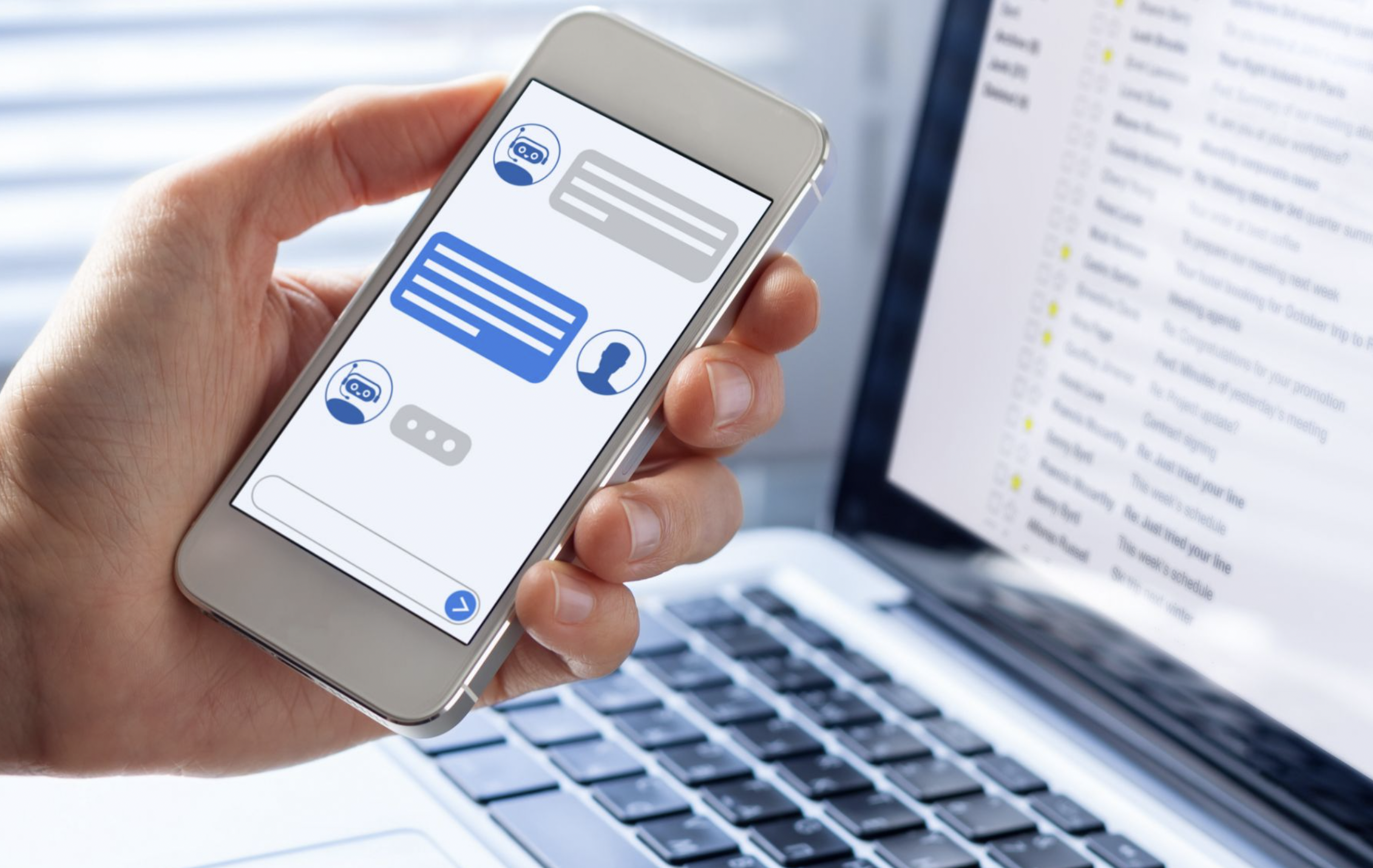In today’s fast-paced environment, Chatbots are gradually gaining popularity. In order to stay ahead of the competition, brands must adopt a new strategy. Chatbots are one of the methods for resolving common customer support difficulties.
Email, phone, SMS, social networking platforms, and other forms of communication are available in addition to Chatbots. Many firms have adopted the method of communication that they believe best corresponds with their business model and client demands; one such example is the customer service department of Wave, which is a prominent internet service provider. Wave customer service gives you the option of contacting them via phone, live chat as well as social media.
As social media becomes the go-to place for customer assistance, social and customer service teams must be prepared to manage large volumes of communications efficiently. However, people are limited in their ability to multitask.
What actually are Chatbots?
Chatbots are computer programs that respond to inbound communications automatically and serve consumers via text chats, voice commands, or both. Chatbots can be set up on social media sites like Facebook and Twitter, so customer support bots can continue to work even when social teams are unavailable.
Advantages of Chatbots
When Chatbots handle a customer’s request, human support workers have more time to work on issues that are more difficult. Basic FAQs such as billing information, product information, order status, and so on can be handled by Chatbots. These are the types of questions that should be left to Chatbots because they are repetitive and time-consuming.
Customers would also get better service. Humans will never be able to match a customer’s lightning-fast processing speed when it comes to sorting through thousands of keywords in a matter of seconds.
As a result, Chatbots are ideal for knowledge base platforms, FAQs, community forums, and other places where businesses’ information is disseminated depending on user feedback.
Finally, by keeping Chatbots, organizations can save money. Because Chatbots are not paid, businesses may utilize them to increase their reach without needing to pay more customer service representatives. Chatbots are a very appealing and cost-effective solution because of all of the benefits listed above.
The drawbacks of utilizing Chatbots
There are numerous benefits for your customer care teams, social media managers, and brand reputation, regardless of the type of Chatbot you wish to use in your social customer service plan. However, there are a few drawbacks to be aware of.
1. Bots can only handle a limited number of scenarios
Outside of their stated rules, rule-based Chatbots are unable to respond to questions or concerns. When clients require assistance outside of the scope of the Chatbot, how your team reacts and continues where the bot left off is essential.
2. Bots have the potential to make customer service more repetitive and cyclical
Customers may become bored by a repeating encounter if they return to social for service and are greeted with the same script each time. Make sure to evaluate your scripts and rules on a regular basis so that the experience remains fresh.
3. You can only look so nice with bots
It is not good for your human staff if a consumer asks your Chatbot to transfer them to a customer support professional and the line goes mute. Even if you need some time to gather information for your customer, let them know you have received their communication and will respond as soon as possible. Communication must be consistent.
3 effective strategies for Chatbots to improve customer engagement
You want consumers to like chatting to Chatbots in order to get the most out of them and provide superior customer service. It is not about making bots act human, but about creating their scripts in such a way that customers like engaging with them.
1. Give your Chatbot a brief introduction
Because Chatbots are still stigmatized, not everyone will want to communicate with one. It is best to be upfront and establish expectations for a Chatbot right away. Customers can then opt out of the Chatbot experience and wait for a human to assist them.
Furthermore, not everyone will comprehend how your Chatbot operates. Explain it to them clearly, so that they know what to do if they are urged to take the next step, want to go back to the beginning, or need to contact a human.
2. Maintain a straightforward approach
Remember that Chatbots are supposed to complement, not replace, humans. Keep your copy simple, even if you give your Chatbot personality. Chatbots should ultimately be useful and provide solutions. Overly flowery language, metaphors, and $10 words can only add to your clients’ confusion. When creating Chatbot copy, go with your gut and speak as if you were a human.
3. Make friends with Chatbots
For a long time, talking to a customer service Chatbot sounded strange, impersonal, and even frightening to some. With Sprout’s Bot Builder, however, you set the rules, ensuring a pleasant and frictionless experience for your clients.
Customers, social media managers, and customer service teams may all benefit from Chatbots when they are deployed thoughtfully and intentionally. Do not be hesitant to embrace automation and gain the rewards of a social media Chatbot relationship.
Final words
In conclusion, having the necessary infrastructure in place to meet your consumers’ demands is critical. As seen in the preceding article, Chatbots exist in a variety of shapes and sizes, and brands must choose the one that best suits their industry and customers’ needs.

